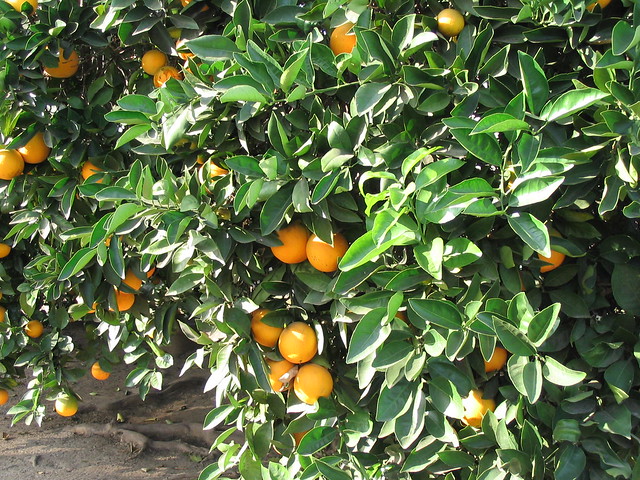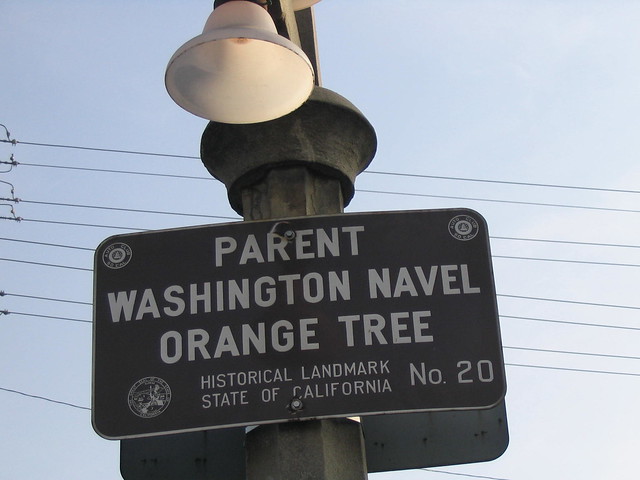 California's citrus industry accounts for $2 billion in revenue. You would think a disease that threatens the industry would get more attention, yet this is the first I have heard about it. According to Yahoo news, "state bug detectives fanned across...suburban Los Angeles neighborhood Monday, vacuuming backyard trees with bug catchers, setting traps and taking tissue samples from citrus in a frantic effort to stop the spread of a deadly disease detected there last week."
California's citrus industry accounts for $2 billion in revenue. You would think a disease that threatens the industry would get more attention, yet this is the first I have heard about it. According to Yahoo news, "state bug detectives fanned across...suburban Los Angeles neighborhood Monday, vacuuming backyard trees with bug catchers, setting traps and taking tissue samples from citrus in a frantic effort to stop the spread of a deadly disease detected there last week."
According to the article, "the USDA confirmed on Friday what state agriculture officials had feared: Both a psyllid and the 8-foot, 8-year-old grafted lemon-pummelo tree where it was found March 22 in the Hacienda Heights suburb of Los Angeles County were infected with huanglongbing. The disease is 'citrus greening' which is transmitted by 'an infected psyllid.' A psyllid is an insect that when feeding on a citrus leaf can transmit the disease from one tree to another. 'This is the most significant plant disease invasion into California in modern history,' said Ted Batkin of the Citrus Research Board."
Are you an organic gardener? State inspectors are fanning out across LA searching for the bug, and potentially infected tree's. If you have a infected tree the state will, "spray the tree with the pesticide TEMPO, a pyrethroid-type insecticide that lasts up to 30 days." Then they will remove the tree for destruction. "The state is asking the Office of Administrative Law for emergency authority ordering mandatory treatment all of the trees in the half-mile zone in an attempt to kill the psyllids and prevent the spread of the disease. County agriculture officials are working to educate homeowners by mailing out information prior to a community-wide meeting April 9".
I remember the early 80's living in The Bay Area, helicopters would fly over at night spraying Malathion in an attempt to eradicate The Mediterranean Fruit Fly. Ironically, the man who ordered the spraying then was Governor Jerry Brown, our current governor. Of course aerial spraying would be much more difficult to pull off in today's environment. So for now state inspectors are walking door to door hanging traps and inspecting trees. "In one 15-minute span on Monday CDFA trappers using vacuum-like devices collected 25 Asian citrus psyllids from a single backyard tree in the target area."
I think this would be a great opportunity for garden centers, nurseries, and garden bloggers. Use the power of social media to inform, and help people understand the nature of this threat. With so much happening in the world stuff like this can "end up under the fold" so to speak. As the Yahoo article say's, "the people of Los Angeles County need to realize how important this is. It's so common to have citrus in residential backyards, and nobody wants to see widespread losses there."
Here is a post I did awhile back on the original Washington Navel Orange Tree, which still lives in the middle of a busy thoroughfare in Riverside. That tree has sure seen a lot of changes in the 130 plus years of it's existence.

